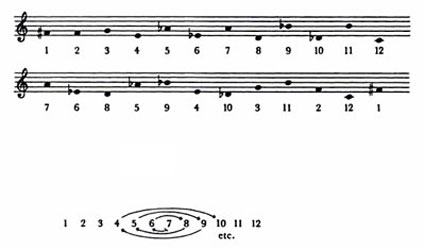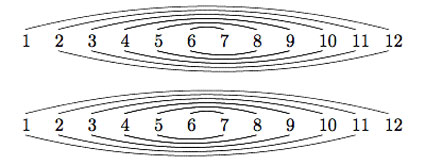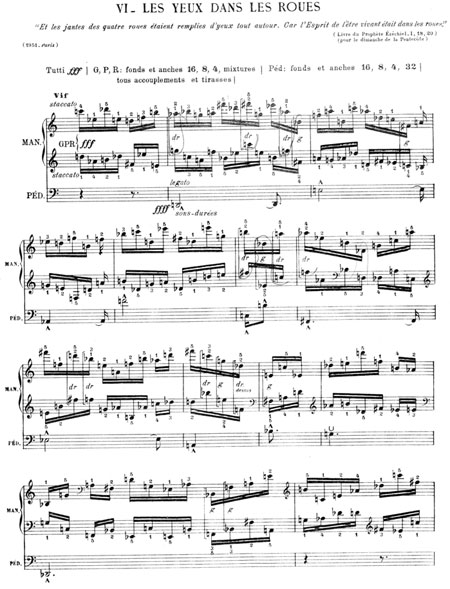Via Tanya Khovanova I learned yesterday of the 50 best math blogs for math-majors list by OnlineDegree.net. Tanya’s blog got in 2nd (congrats!) and most of the blogs I sort of follow made it to the list : the n-category cafe (5), not even wrong (6), Gowers (12), Tao (13), good math bad math (14), rigorous trivialities (18), the secret blogging seminar (20), arcadian functor (28) (btw. Kea’s new blog is now at arcadian pseudofunctor), etc., etc. . Sincere congrats to you all!
NeverEndingBooks didn’t make it to the list, and I can live with that. For reasons only relevant to myself, posting has slowed down over the last year and the most recent post dates back from february!
More puzzling to me was the fact that F-un mathematics got in place 26! OnlineDegree had this to say about F-un Math : “Any students studying math must bookmark this blog, which provides readers with a broad selection of undergraduate and graduate concerns, quotes, research, webcasts, and much, much more.” Well, personally I wouldn’t bother to bookmark this site as prospects for upcoming posts are virtually inexistent…
As I am privy to both sites’ admin-pages, let me explain my confusion by comparing their monthly hits. Here’s the full F-un history

After a flurry of activity in the fall of 2008, both posting and attendance rates dropped, and presently the site gets roughly 50 hits-a-day. Compare this to the (partial) NeB history

The whopping 45000 visits in january 2008 were (i think) deserved at the time as there was then a new post almost every other day. On the other hand, the green bars to the right are a mystery to me. It appears one is rewarded for not posting at all…
The only explanation I can offer is that perhaps more and more people are recovering from the late 2008-depression and do again enjoy reading blog-posts. Google then helps blogs having a larger archive (500 NeB-posts compared to about 20 genuine Fun-posts) to attract a larger audience, even though the blog is dormant.
But this still doesn’t explain why FunMath made it to the top 50-list and NeB did not. Perhaps the fault is entirely mine and a consequence of a bad choice of blog-title. ‘NeverEndingBooks’ does not ring like a math-blog, does it?
Still, I’m not going to change the title into something more math-related. NeverEndingBooks will be around for some time (unless my hard-disk breaks down). On the other hand, I plan to start something entirely new and learn from the mistakes I made over the past 6 years. Regulars of this blog will have a pretty good idea of the intended launch date, not?
Until then, my online activity will be limited to tweets.
4 Comments



